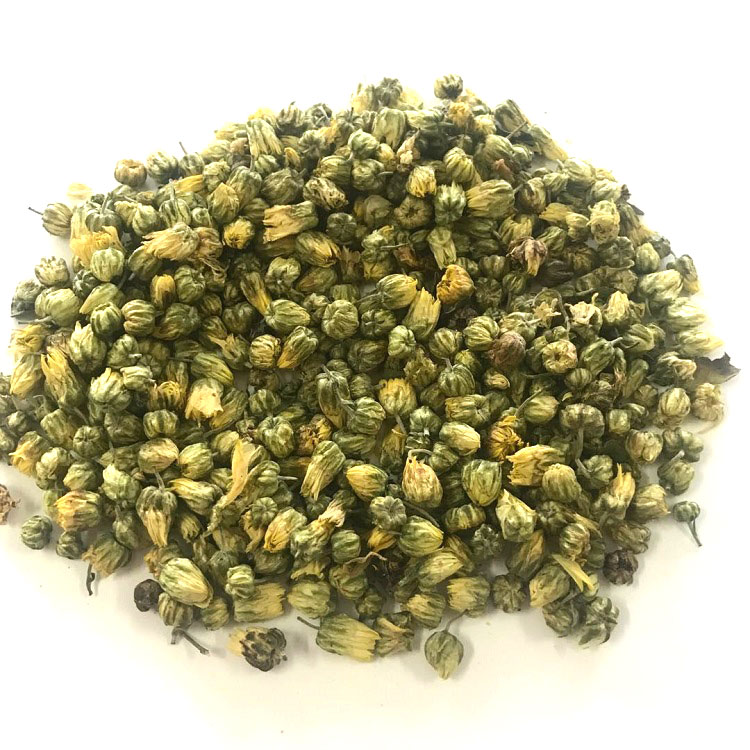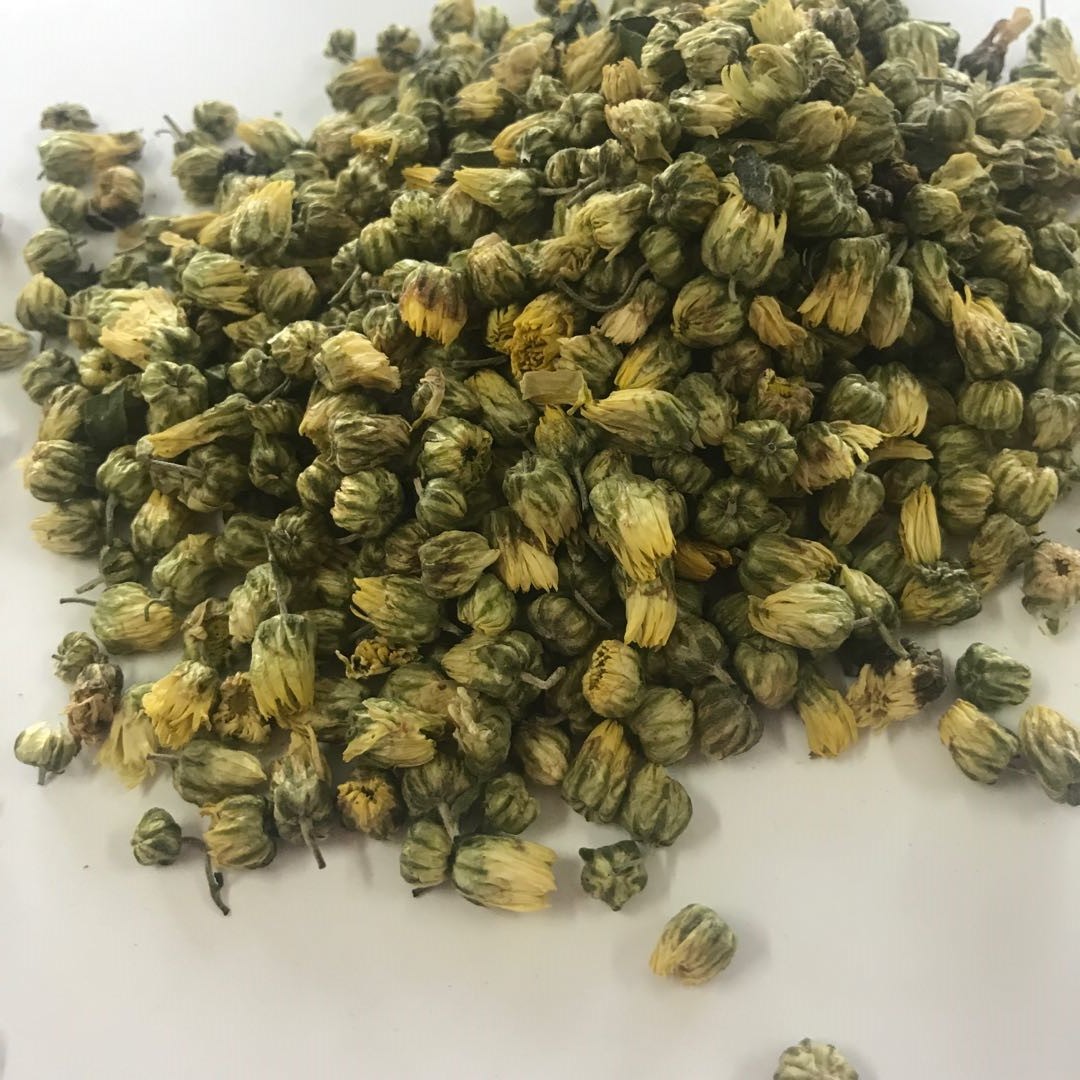
"Embryo chrysanthemum," as mentioned earlier, is not a common name for a specific type of chrysanthemum. Instead, it might refer to the early developmental stage of any chrysanthemum flower, specifically the bud phase when the flower is still in its embryonic form. Chrysanthemums, known as Chrysanthemum spp., are popular flowering plants that come in a wide range of colors and varieties.
Here's an overview of chrysanthemums in general:
Botanical Classification: Chrysanthemums belong to the family Asteraceae (or Compositae), which includes other flowering plants like daisies and sunflowers. They are native to Asia but are cultivated worldwide for their ornamental value.
Appearance: These plants are herbaceous perennials or shrubs, usually with broad, ovate leaves that are dark green in color. The flowers can vary significantly in size, shape, and color, from small pompons to large decorative blooms in shades of yellow, red, white, purple, and more.
Flowering Time: Chrysanthemums typically bloom in late summer to fall, providing a splash of color when many other plants are finishing their growing season. Some varieties have been bred to bloom earlier or even continuously throughout the spring and summer.
Cultivation: They prefer full sun to partial shade and well-drained soil. Chrysanthemums are relatively low maintenance but may require staking or support due to the weight of their flowers, especially in varieties with large blooms.
Pests and Diseases: Like many garden plants, chrysanthemums can be susceptible to aphids, whiteflies, and other pests, as well as fungal diseases such as leaf spot and rust. Proper cultural practices and timely treatment are essential for maintaining healthy plants.
Uses: Chrysanthemums are extensively used in floral arrangements, as cut flowers, and in gardens and parks for their vibrant fall colors. In some cultures, they also have symbolic meanings, such as life and longevity in East Asian traditions.
Breeding: There are thousands of cultivars of chrysanthemums, developed through selective breeding to achieve different forms, sizes, and flowering times. This has resulted in a wide array of options for gardeners and florists.
Hardiness: Many chrysanthemums are hardy in USDA zones 5-9, but some varieties may not survive in the coldest regions without winter protection.
In essence, while "embryo chrysanthemum" might not directly correspond to a particular variety or species, it refers to the early developmental phase of any chrysanthemum flower before it fully opens. Chrysanthemums themselves are versatile and beloved plants that contribute significantly to the flora available for gardening and floral design.








